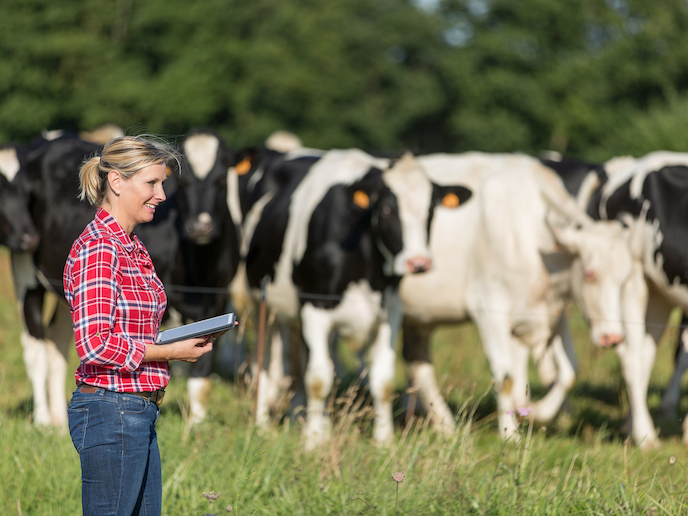An artificial intestine for sustainable fish farming
Fish is a widely consumed and healthy food source. Yet farmed fish are fed with fish oil and fishmeal, normally produced from the production of smaller, oily species. This poses issues of sustainability for modern aquaculture, an industry seeking alternative feed sources with sufficient nutritional quality. The standard method for evaluating the nutritional and health effects of newly developed feeds involves sacrificing animals to make an assessment. Alternative non-destructive methods also require several in vivo trials to be calibrated. The Fish-AI(opens in new window) platform, developed with the support of EU funding, is an artificial intestine that uses stem cell technology to evaluate not only the nutritional value, but also the effect of complete feeds or single components on the health of the intestinal wall. This reduces the number of animals that need to be sacrificed and could improve the development of new feed sources. “The system is very useful because it provides clues on the mechanisms causing or, eventually, preventing damages that are difficult to study in the whole organism,” explains Fulvio Gandolfi(opens in new window) from the Department of Agricultural and Environmental Sciences at the University of Milan.
Development of an artificial intestine
The Fish-AI platform is formed with an upper chamber that mimics the intestinal lumen and a lower chamber that represents the blood stream. The two are separated by a membrane that represents the intestinal wall, upon which intestinal epithelial cells and, in some cases, also stromal cells are grown. The project isolated two stable cell lines which retain the many distinctive characteristics that are typical of the two tracts of the intestine, and can provide an overview of the whole organ. The team then developed a few prototypes that mimic the conditions within intestinal cells as closely as possible. Finally, the researchers performed parallel trials comparing the same feeds in vivo and in vitro.
Successful creation of intestinal cell lines
The project produced several important results, including the development of new rainbow trout intestinal cell lines. “In the past four years these have demonstrated to be stable and able to retain important physiological properties,” notes Gandolfi. The team developed two reliable prototypes where these cells can fully differentiate (mature) and generate useful data. In the final part of the project, a full trial in collaboration with Skretting Aquaculture Innovation(opens in new window) – a major global player in feed production – tested three well-known diets and two experimental formulations both in vivo and in vitro. The team presented the results in detail in their concluding workshop(opens in new window). “We were very pleased to show that the system provided meaningful and reliable information that could be used in a ‘real world’ context,” says Gandolfi.
Ranking the functional effects of different fish feeds
The platform has already been used to rank the functional effects of different complete feeds, including optimal diets, challenging diets, and diets in which fish-derived proteins have been replaced with more sustainable protein sources such as single-cell proteins. The Fish-AI team has been awarded a grant to develop a proof of concept that will put the prototype to work further under the NUTRIsim(opens in new window) project. “The platform and the whole knowledge developed during the project can be transferred to other fish and mammalian species with similar aims and potential benefits,” adds Gandolfi.
Keywords
Fish-AI, fish, aquaculture, artificial, intestine, cell lines, fish feed, stem cell, technology







